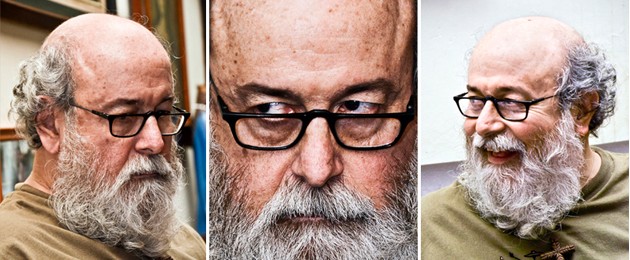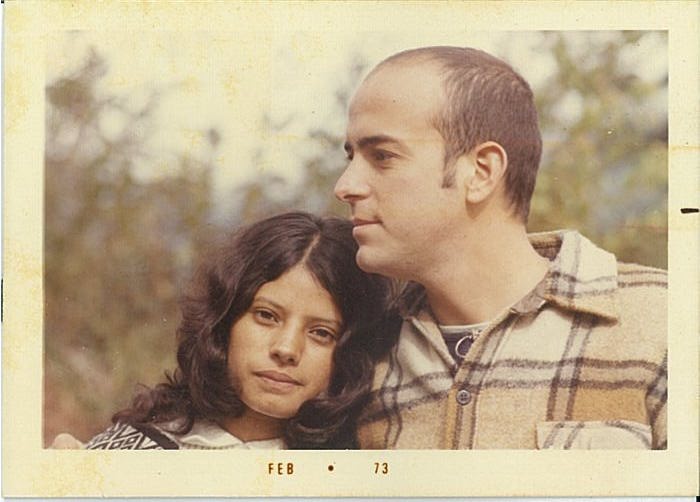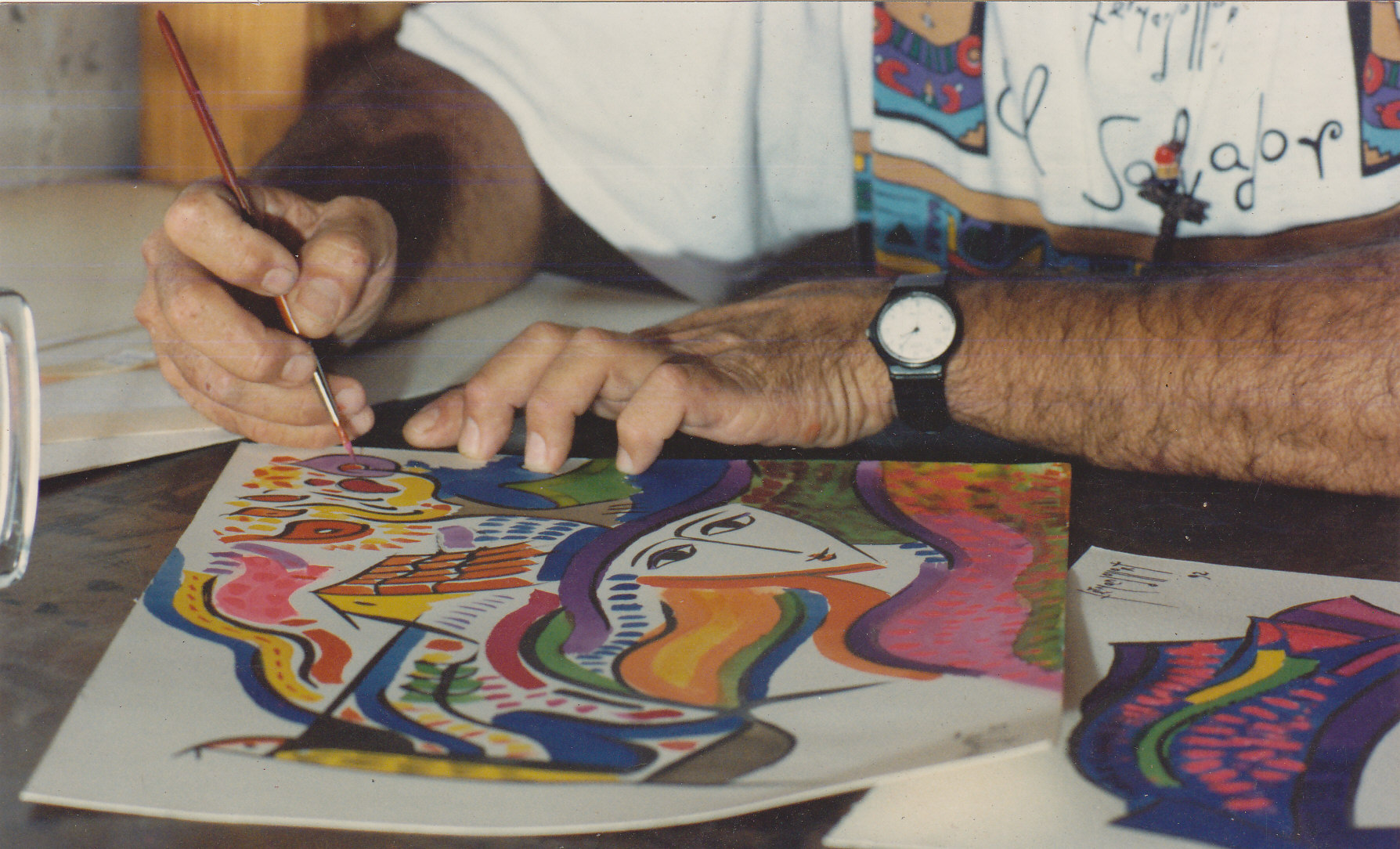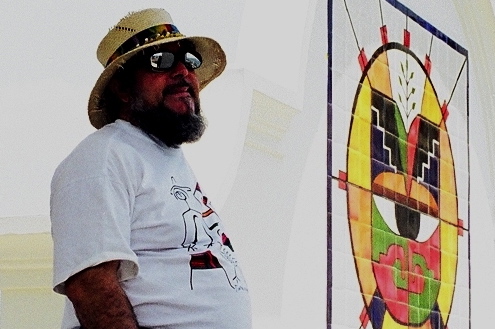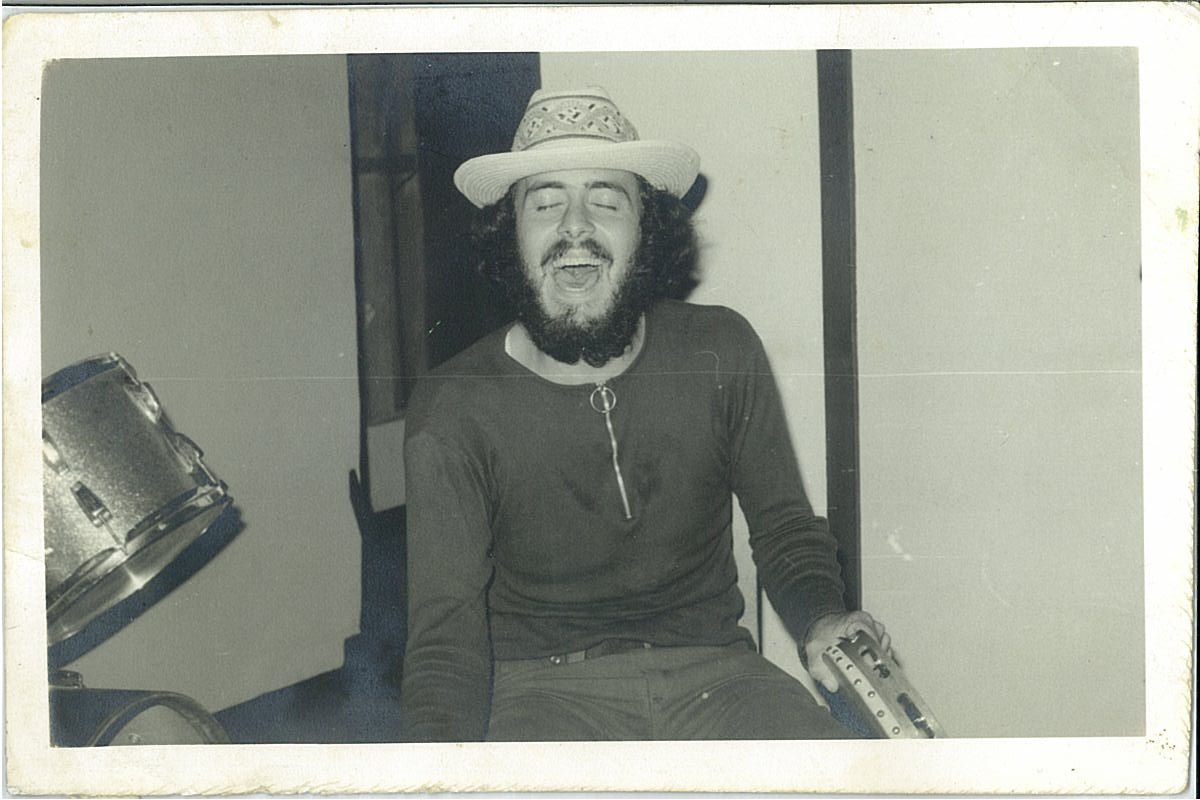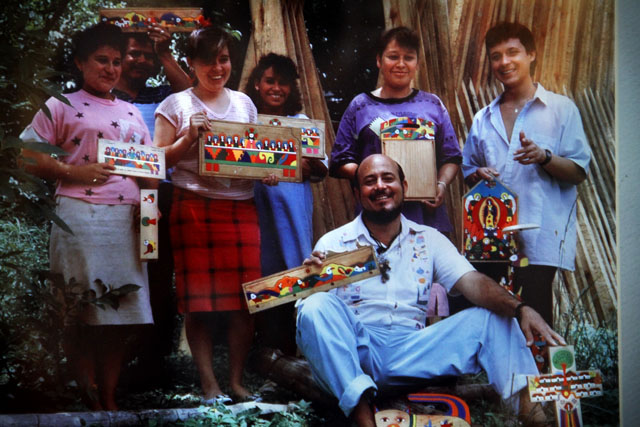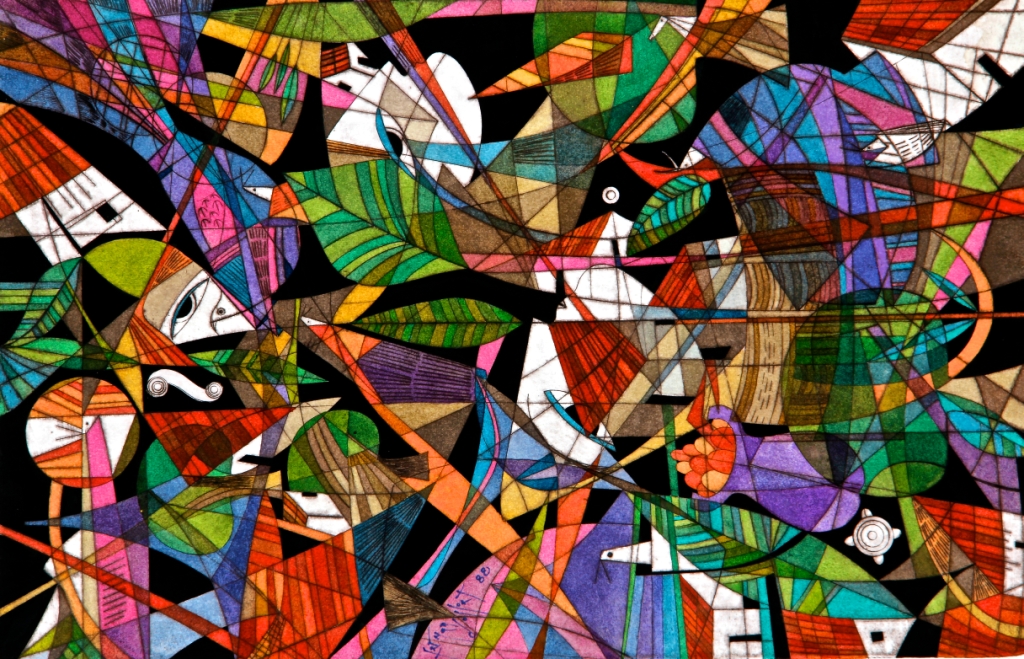Fernando Llort - The Artist
To talk about Fernando LLort is to talk about the image of a country, an artist who is the point of reference for the iconography of El Salvador, the smallest country in America but the one who has seen one of the biggest, most amazing, cultural phenomenon of latin-america, started by a dream Fernando had when he was only 23 and he couldn't had possibly imagined what it would become.
Fernando's art is heavily influenced by the Mayan culture, and has been able to mix modern ideas with a naive style of drawing. He utilises mixed techniques and materials, from paintings to wood, ceramic, and lately even glass.
Born on the 7th of April 1949, Fernando had a passion for art since he was a little boy, making drawings on the back of his school notebooks and taking every opportunity to learn from different established artists; a passion that would take him to the highest places as an artist in his country and around the world.
In the '60s, he became greatly involved in the "hippie" movement and also had a big inclination towards religious practice, to the point of entering a catholic seminary to become a priest, from which he would withdraw later on.
Music has always been an important part of his life as well, in the early '70s he formed part of an important band from El Salvador called "La Banda del Sol" (The Band of the Sun), a chapter of his life that would stay very close to his heart.
After many twists and turns in life, at 23, he decides to leave his parents home and moves to a little town in the northern mountains of El Salvador, La Palma, with a very clear dream in his mind, to start a cultural movement and make art a way of living for him and others; and it all started with a humble seed from a tree called "copinol".
Walking through the streets of La Palma, Fernando found a kid rubbing a little seed against the ground, and discovered that it had a white surface with a brown frame, "a framed painting" he thought, and he painted it with very small and colourful drawings.
That episode lead to the creation of the first workshop in La Palma, it was called "La Semilla de Dios" (The seed of God), in reference to the seed that started it all. There, Fernando would start teaching the people from the town to draw and paint; an artisan movement was born, and La Palma went from being a mainly agricultural town, to one driven by art. Fernando's dream was now a reality and his idea would become the main source of income for a lot of families in La Palma, and would also transform the town into one of the most touristic spots in El Salvador
Fernando also found love in La Palma, a local girl named Stella Chacon, she would become his greatest inspiration and strongest pillar in everything he achieved. She was also actively involved in the first workshops in La Palma and later on in Fernando's gallery in San Salvador, "El Arbol de Dios" (The tree of God). Fernando and Stella got married and had 3 kids, and they are all involved in one way or another with his art.
In the early '80s, Fernando and his family had to leave La Palma due to the civil war that had only just started in El Salvador. But he wasn't going to stop, and the seed he had planted in La Palma grew and lead to the opening of "El Arbol de Dios" (The tree of God), his gallery in San Salvador, a space to show his art and keep developing new ways of artistic expression.
Many things have happened since, and Fernando LLort has become a cultural reference for El Salvador; his art is present in galleries, museums and private collections around the world.
Some of his most important works are:
- A special stole and altar decorations for Pope John Paul II made for his visit to El Salvador (1983).
- The facade of the metropolitan cathedral of San Salvador (destroyed in 2011).
- "Fraternal Hug", a work consistent of three murals and 4 sculptures in ceramic mosaic at the southern entrance of San Salvador, El Salvador's capital city (2012).
- A giant wooden cross for Southwark Cathedral in London, in honour of the assassinated Archbishop of San Salvador, Oscar Romero (2013).
Fernando's dream was simple, to make art a way of living for him and others, and always devote his work to God; and, through this simplicity, and the idea of dignifying people through art, his work grew to unimagined proportions, all as a consequence of a humble and honest approach to life and a spirit of always sharing his talents with everyone around him.
Fernando passed away on August the 10th 2018, leaving with us and incredible legacy and a compromise to continue spreading his work, his art and most imortantly his philosophy of life.
Fernando LLort's work has been exhibited at:
- The White House Museum. Washington, DC, USA.
- The Vatican Museum. Rome, Italy.
- Museum of Modern Art (MoMA). New York, USA.
- Museum of Latin-American Art. New York, USA.
- The United Nations' Gallery. New York, USA.
- Forma Museum. El Salvador.
Fernando LLort's prizes and recognitions:
- 1986 - Exporter's National Prize. Handicrafts Category. Granted by the Ministry of Foreign Commerce.
- 2002 - Acknowledgement for it's contribution in the construction of the Oftalmology's Pavilion in the National Hospital "Rosales". Granted by Deseret International Foundation and FUDEM.
- 1998 - "Image" Prize. Granted by the Salvadorian Chamber of Tourism.
- 2003 - Honorable Distinction as Meritorious Son. Granted by the Legislative Congress of the Republic of El Salvador.
- 2003 - Acknowledgement from Media students of "Dr. Jose Matias Delgado" University.
- 2004 - "Ingenuity" Prize. Paintings category. Granted by the National Centre of Registry.
- 2005 - Acknowledgement from the City of La Palma.
- 2007 - Acknowledgement for his contribution to art and culture and his outstanding career in the visual arts of El Salvador.
- 2008 - Culture Prize "Lic. Antonia Portillo de Galindo". Granted by the Salvadorian-American Cultural Centre.
- 2008 - Tribute granted by the University "Dr. Jose Matias Delgado" and Fernando LLort's Foundation.
- 2008 - Issue of Postal Stamps as a tribute for his contribution to the development of the artisan movement in El Salvador.
- 2012 - National Prize of Tourism. Granted by the Ministry of Tourism.
- 2013 - National Prize of Culture. Granted by the Secretariat of Culture of El Salvador.
